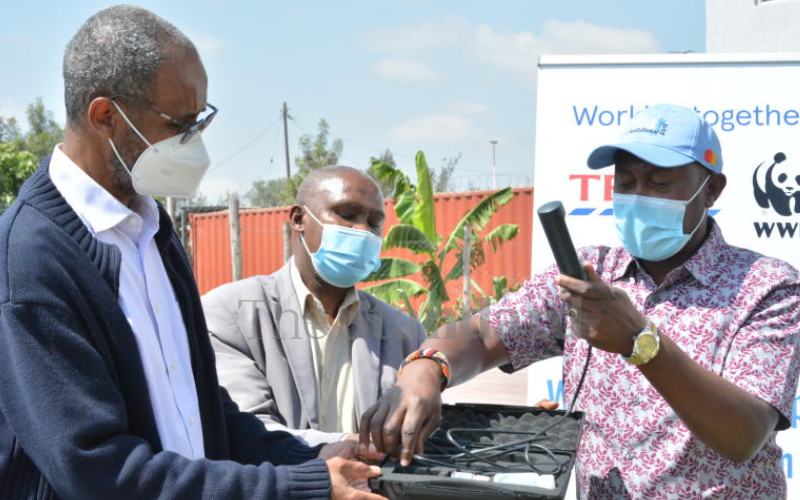×
The Standard e-Paper
Informed Minds Prefer The Standard

Country-Director Mohammed Awer hands over water monitoring equipment to Engineer David Mumo. [Antony Gitonga, Standard]
Milk and vegetable processing plants in Nyandarua County have been identified as the biggest polluters of rivers within the Lake Naivasha Basin.